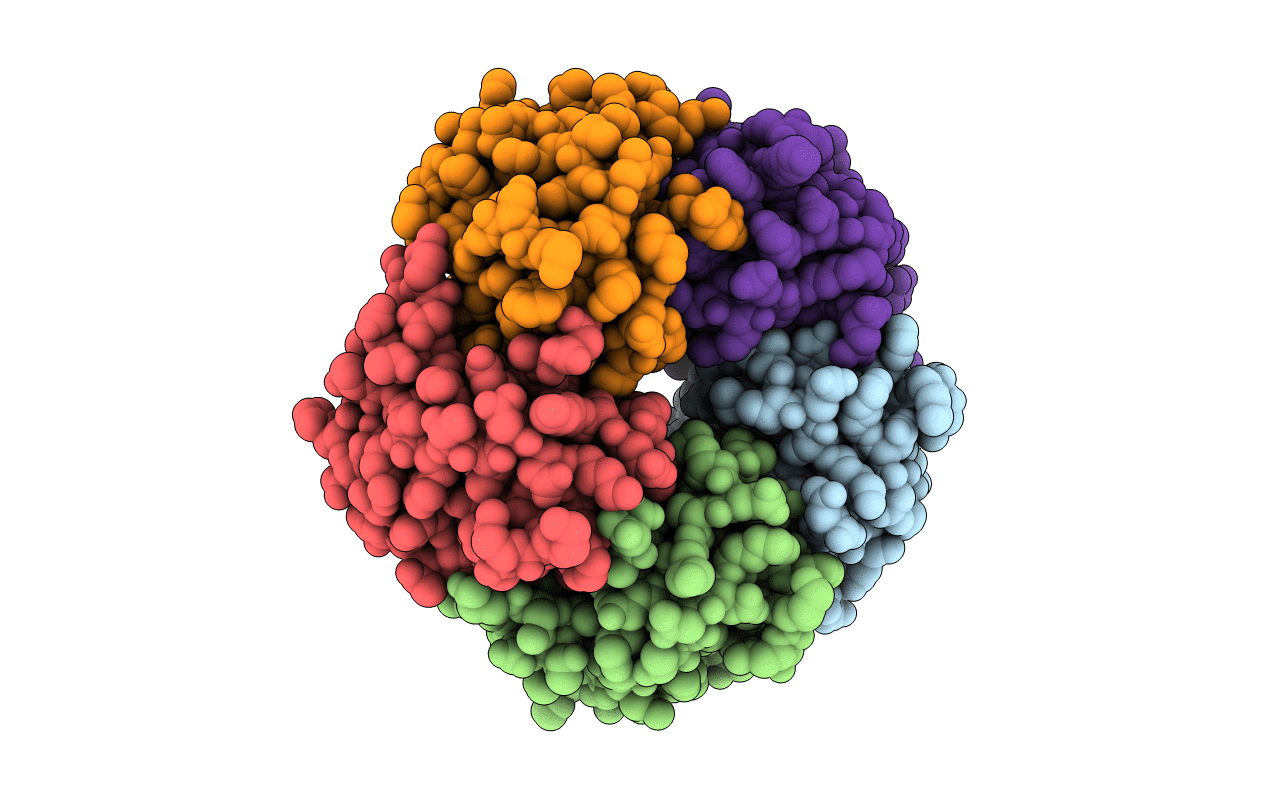
Deposition Date
1995-02-15
Release Date
1996-03-08
Last Version Date
2024-11-13
Entry Detail
PDB ID:
1CHQ
Keywords:
Title:
SURPRISING LEADS FOR A CHOLERA TOXIN RECEPTOR BINDING ANTAGONIST; CRYSTALLOGRAPHIC STUDIES OF CTB MUTANTS
Biological Source:
Source Organism:
Vibrio cholerae (Taxon ID: 666)
Host Organism:
Method Details:


